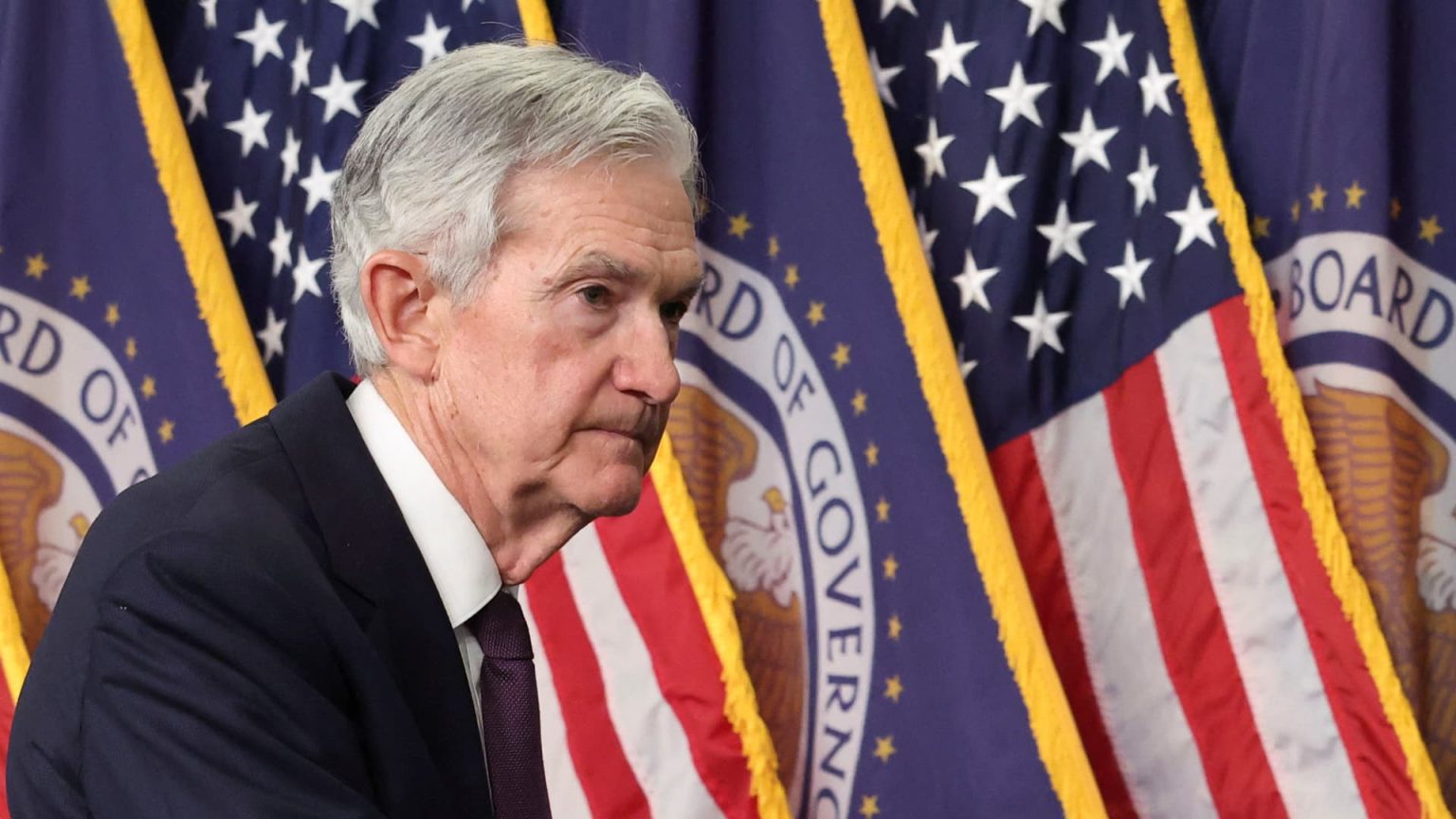In a significant announcement, Federal Reserve Chair Jerome Powell revealed plans to reduce the central bank’s headcount by 10% over the next few years. This decision, outlined in a memo, aims to optimize efficiency and adapt to changing priorities. The Fed, currently employing nearly 24,000 individuals, will implement a voluntary deferred resignation program for eligible employees, which signifies a shift in how the organization operates.
| Article Subheadings |
|---|
| 1) Overview of Staff Reduction Plans |
| 2) Reasons Behind the Decision |
| 3) Impacts on Employees and Operations |
| 4) Government Context and Broader Implications |
| 5) Future Outlook for the Federal Reserve |
Overview of Staff Reduction Plans
Federal Reserve Chair Jerome Powell announced a strategic plan that includes cutting the Fed’s workforce by 10% in the coming years. As outlined in his memo, Powell indicated that this change is part of a broader initiative to reassess organizational structure and efficiency.
The current workforce at the Federal Reserve is approximately 24,000 individuals. A 10% reduction translates to a reduction of around 2,400 jobs, bringing the total employee count below 22,000. This restructuring appears to be a significant step towards modernizing the central bank’s operations and adapting to evolving economic demands.
Central bank officials have indicated that this plan may involve a voluntary deferred resignation program aimed at older employees who qualify for retirement by the end of 2027. This approach presents a softer option for those potentially facing job displacement.
Reasons Behind the Decision
Powell’s memo outlines a guiding philosophy that stresses the importance of periodically evaluating staff levels and operational efficiency. He noted, “Experience here and elsewhere shows that it is healthy for any organization to periodically take a fresh look at its staffing and resources.” By assessing its structure, the Federal Reserve is seeking to adapt to changes in priorities and the external economic environment.
Additionally, the memo instructs leaders throughout the bank to identify ways to consolidate functions and modernize business practices. The rationale behind these measures is likely connected to the ongoing demands of an evolving financial landscape, aiming to ensure the Fed remains “right-sized” to execute its statutory mission effectively.
Impacts on Employees and Operations
The proposed headcount reduction is expected to have significant implications for current employees. Those who are eligible may be offered the opportunity to retire under a deferred resignation program, allowing for a more gradual transition for those considering retirement. This voluntary approach could mitigate some of the stress associated with sudden layoffs, although it will inevitably lead to emotional and financial uncertainty for many staff members.
For the Federal Reserve, the restructuring plan may impact various operational aspects. Fewer employees could lead to a reevaluation of responsibilities and the allocation of resources, which could affect the efficiency and delivery of critical services. Staff reductions might necessitate changes in how different divisions operate and the ways in which they collaborate on monetary policy and financial stability efforts.
Government Context and Broader Implications
This memo and the planned staff reductions come at a time when the Trump administration has been advocating for cost-cutting measures across various civil service organizations. The government’s push for greater efficiency in public sector agencies is in alignment with ongoing discussions about the scope and scale of government operations.
This initiative has been partially propelled by public figures, with individuals such as Elon Musk labeling the Federal Reserve as “absurdly overstaffed.” While Powell’s memo does not directly reference external influences like Musk or government ebbs and flows, the pressures on public institutions to curb excessive spending can be seen as a cultural backdrop to the Fed’s decision.
Future Outlook for the Federal Reserve
As the Federal Reserve embarks on this reduction of its workforce, many observers are keenly interested in the long-term implications of these changes. The central bank operates within a unique realm of influence in the U.S. economy, tasked with promoting maximum employment and maintaining stable prices.
The effectiveness of modernization efforts and staffing changes will likely be scrutinized in the coming years, especially as new economic challenges arise. Stakeholders—including policymakers, economists, and the public—will look for signs of how these reductions impact monetary policy and financial oversight.
| No. | Key Points |
|---|---|
| 1 | Federal Reserve to cut workforce by 10% over the next few years. |
| 2 | Voluntary deferred resignation program offered to eligible employees. |
| 3 | Efforts aimed at modernizing and consolidating functions. |
| 4 | Decision comes amid broader government efficiency push. |
| 5 | Future implications for the Fed’s operations and monetary policy are under scrutiny. |
Summary
The Federal Reserve’s decision to reduce its workforce by 10% highlights a significant moment in the evolution of the institution amid a changing economic landscape. Chair Jerome Powell emphasized modernizing practices and optimizing functions in this strategic move. As the Fed prepares to navigate future challenges within the financial landscape, the implications of these staffing changes will be pivotal in shaping its operational efficiency and effectiveness.
Frequently Asked Questions
Question: What is the purpose of the Federal Reserve’s staff reduction plan?
The staff reduction plan aims to optimize efficiency, streamline operations, and adapt to changing economic priorities within the Federal Reserve.
Question: How will the voluntary deferred resignation program work?
The voluntary deferred resignation program will offer eligible employees approaching retirement the chance to leave their positions by the end of 2027, providing a gradual transition.
Question: What external factors are influencing the Federal Reserve’s decision to reduce its headcount?
The decision is partly influenced by the broader governmental push for efficiency and cost-cutting measures across civil service agencies.


